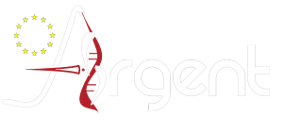Invited Speakers
Invited Speakers
Opening session
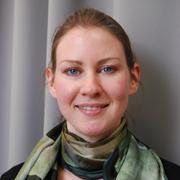 |
Kate Ricketts, PhD
Associate Professor in Cancer Physics at University College London
Visiting Lecturer at Tsinghua University – Department of Engineering, China
MSc module leader in Nanotechnology at the Division of Surgery and Interventional Science, UCL, London, UK
Talk: An overview of nanomedicine in radiotherapy: Towards clinical implementation of metallic nanoparticles in photon and proton beam therapy
|
| Bio: Kate Ricketts is Associate Professor in Cancer Physics at University College London. She obtained her BA(Hons) in Natural Science from Cambridge University in 2004, MSc in Radiation Physics from UCL in 2008 and PhD in Medical Physics from UCL in 2011. She is an NHS accredited radiotherapy physicist, and co-leads the paRTner project, a global health partnership that aims to improve radiotherapy delivery in the developing world. She is Visiting Lecturer at Tsinghua University, China in the faculty of Engineering and currently leads an MSc module in Nanotechnology at the Division of Surgery and Interventional Science, UCL. Her research interests include 3D biomimetic tumour models for targeted therapy, x-ray sensor technology, radiobiology and functional imaging studies, in vivo dosimetry and treatment verification in radiotherapy, and targeted nanoparticles for dose enhancement and biological volume delineation in radiotherapy. |
Session I. Biological effect of nanoparticles combined with photon or particle therapy
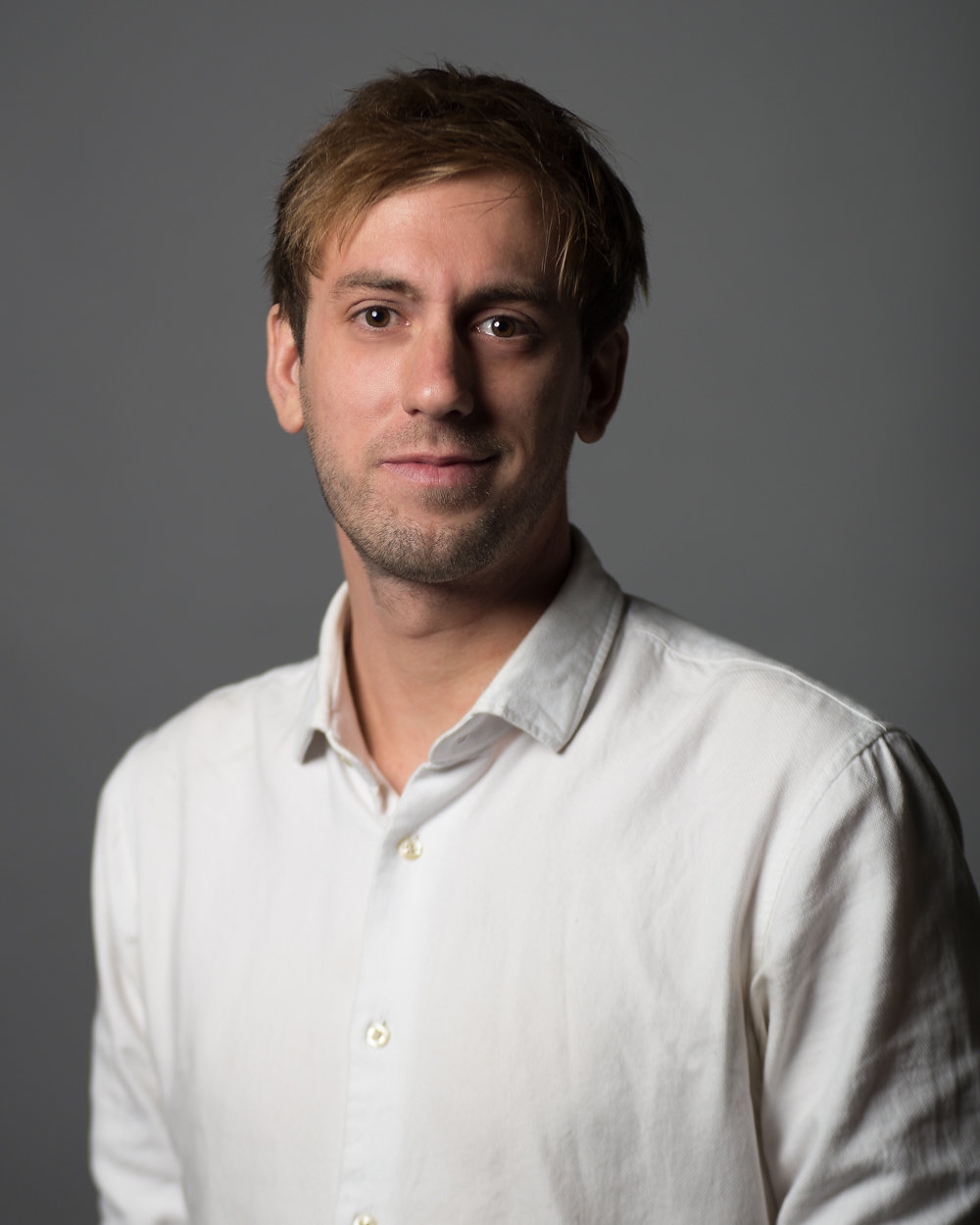 |
Alexandre Detappe, PhD, PSRPM
Instructor in Medicine – Department of Medical Oncology, Dana-Farber Cancer Institute/Harvard Medical School
Visiting Scientist - David H Koch Institute for Integrative Cancer Research, MIT – Boston, United States
Talk: Nanoparticles for Enhanced Image-Guided Radiation Therapy in Pancreatic Cancer
|
Bio: Alexandre Detappe is a certified French medical physicist (PSRPM) who earned his MSc in medical physics at the University of Grenoble, France in 2013. In 2017, he obtained his PhD degree in the field of nanomedicine at the University of Lyon, France under the supervision of Prof. Olivier Tillement in collaboration with Dr. Ross Berbeco’s team in the department of radiation oncology of the Dana-Farber Cancer Institute/Brigham and Women’s Hospital/Harvard Medical School. His main research focus has been working on the development of a theranostic Gadolinium-based nanoparticle developed for MRI-guided radiation therapy for different cancer treatments, such as pancreatic adenocarcinoma.
Since the end of 2016, Alexandre Detappe joined the lab of Dr. Irene M. Ghobrial as Instructor in Medicine in the department of Medical Oncology at the Dana-Farber Cancer Institute/Harvard Medical School and the lab of Dr. Peter P. Ghoroghchian at the David H Koch Institute for Integrative Cancer Research at MIT to develop new theranostic approaches for Multiple Myeloma, including imaging biomarkers and new therapeutic solutions.
|
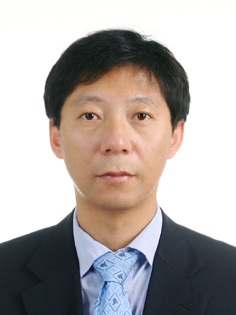 |
Jong-Ki Kim, PhD
Chairman of Biomedical Engineering - Biomedical Engineering and Radiology, School of Medicine, Catholic University of Daegu - Daegu City, Korea
Talk: Site-specific Coulomb Nanoradiator Therapy
|
|
Bio: Dr Kim obtained BS in Astronomy/Physics from Seoul National University in 1982, and a Master in Physics from KAIST/Korea in 1984. He was awarded a PhD in Biophysics from the State University of New York at Buffalo, New York, USA, 1992, followed by spending two years at Memorial-Sloan Kettering Cancer Center/Cornell Medical School, New York as a Fellow. Prof Jong-Ki Kim is based at Catholic University of Daegu, School of Medicine, Biomedical Engineering and Radiology, Daegu City, Korea, as chairman of biomedical engineering since 1995. In 2013-14, he was visiting professor at UC Berkeley, Bioengineering department. Main interesting subjects of his laboratory are interdisplinary researches in the field of nanomedicine including drug delivery using nanostructured materials, high-Z nanoradiator proton/heavy ion therapy, and developing synchrotron-based X-ray diffraction imaging. He is serving as committee member in a number of professional scientific societies including Korean Photodynamic Association, Chief Executive committee for biomedical imaging user group in synchrotron radiation of Pohang Accelerator Laboratory and KOMAC.
|
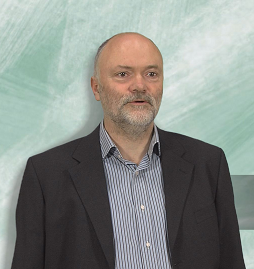 |
Stéphane Lucas, PhD
Full-professor in the physics department of the University of Namur
Director of the Laboratoire d’Analyse par Réactions Nuclélaires (LARN)
Director of the technological platform SIAM (Synthèse Irradiation & Analyse des Matériaux)
Board Member of Namur Research Institute of Life Science (NARILIS) - Namur, Belgium
Talk: Conjugated gold nanoparticle radiosensitizers: an in vitro, in vivo and computer modelization study
|
Bio: Stéphane Lucas is full-professor in the physics department of the University of Namur.
He is the director of the Laboratoire d’Analyse par Réactions Nuclélaires (LARN), director of the technological platform SIAM (Synthèse Irradiation & Analyse des Matériaux), and Board Member of Namur Research Institute of Life Science (NARILIS). His current research interest includes cell response to particle irradiation (Radiobiology-Protontherapy), material processes by plasma discharges, risk assessment of nanomaterials (Namur Nanosafety Center) and computer simulation of film growth.
He received its PhD in Material Science in 1991 from the University of Namur, Belgium.
After a career in several private companies, he joined in 1996 the company Ion Beam Application (Belgium) to develop high current cyclotrons for radioisotope production. Before moving back to the University of Namur in 2003, he has been appointed general Manager of IBA-Radioisotope where he was in charge of the production of new radioactive medical devices for the treatment of cancer. In 2010, he launched an institute named NAmur Research Institute for LIfe Sciences (NARILIS). NARILIS promotes life sciences research, with the aim to further improve health and wellbeing, and conducts research activities within a broad variety of areas and at different levels, from gene to public health.
He is members of several international associations, and he holds a Master in Business and Administration and has 130 publications and 12 patents.
|
Session II. Elementary mechanisms and nanodosimetry
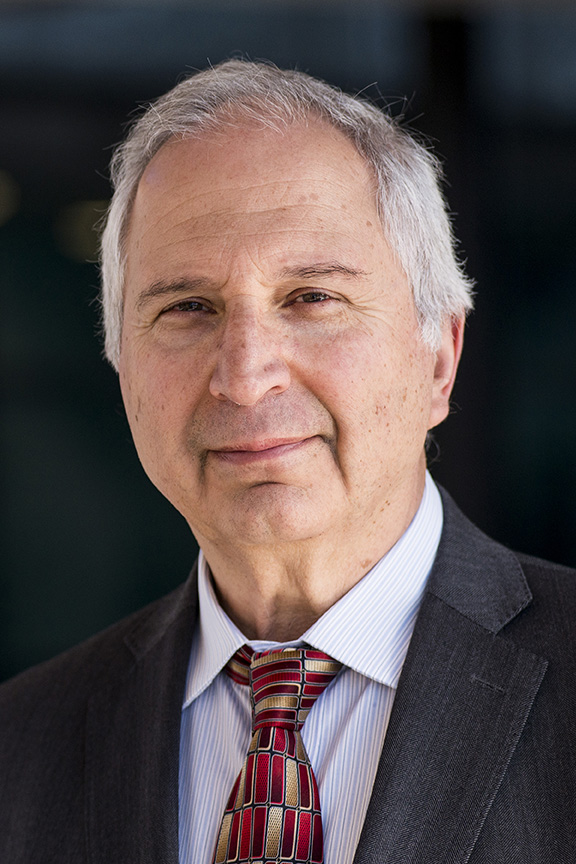 |
Anatoly B. Rozenfeld, PhD
Distinguished Professor
Founder and Director - Center for Medical Radiation Physics (CMRP), University of Wollongong - Wollongong, Australia
Talk: Innovative solid state microdosimeters for RBE evaluation in particle therapy
|
Bio: Distinguished Professor Anatoly Rozenfeld is the Founder and Director of Centre for Medical Radiation Physics (CMRP) at University of Wollongong, which is the largest education and research multidisciplinary medical radiation physics centre in Asia-Pacific with 18 academics and research only staff and more than 70 postgraduate students.
His scientific interest and expertise is in the field of radiation semiconductor detectors development and their applications for advanced medical radiation dosimetry and in conventional X-ray, synchrotron MRT and particle radiation therapy and diagnostic radiology as well as for space radiation. Many radiation detectors developed at CMRP under his leadership were successfully implemented in practice of radiation oncology in Australia and overseas to improve confidence in cancer patient treatment with radiation.
Anatoly is Chair of International Solid State Dosimetry Organization (ISSDO) and Member of IEEE Radiation Instrumentation Steering Committee and General Chair of IEEE NSS MIC 2018. He has initiated particle therapy research in Australia and is Member of National Particle Therapy Treatment and Research Centre Steering Committee . He published more than 300 peer review papers and holds 18 patents in the field of radiation detectors and dosimetry .
|
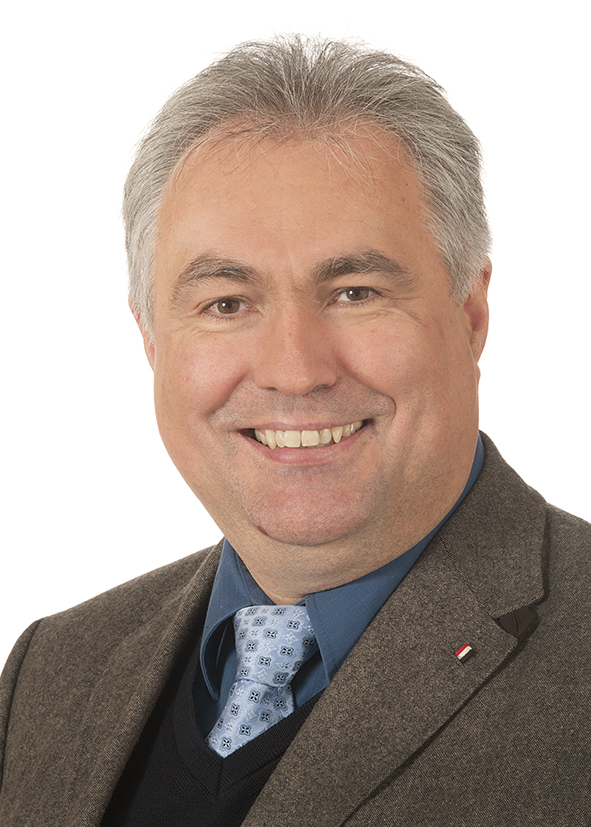 |
Hans Rabus, PhD
Head of Department "Radiation Effects", Physikalisch-Technische Bundesanstalt (PTB) - Braunschweig, Germany
Talk: Nanodosimetry of nanoparticles - metrological aspects
|
|
Bio: Hans Rabus has been head of PTB department “Radiation Effects” (until 2015: “Fundamentals of Dosimetry”) since 2009. Together with his team he is pursuing research into the relation between ionizing particle track structure and biological effectiveness. Major activities are the development of experimental nanodosimetry in form of gas counters or DNA-based detectors, Monte Carlo code development for particle track structure simulations including measurement of relevant interaction cross section data, and radiobiological investigations using an ion micro beam allowing targeted irradiation of biological cells with defined number of particle tracks. From 2012-2015 Hans has been coordinator of the EMRP joint research project “BioQuaRT” which laid the foundations for novel radiation quantities that are better correlated with the biological effects of ionizing radiation. He is also chairing EURADOS task group 6.2 “Computational micro- and nanodosimetry” and has been on the management board of COST Action “Nanoscale Insights into Ion Beam cancer Therapy”.
|
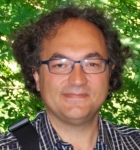 |
Gérard Baldacchino, PhD
Talk: Alpha-beam nano-radiation chemistry
|
|
Bio: Gérard Baldacchino is a senior expert at CEA Saclay in radiation chemistry with extreme conditions (T, P, pH, LET) and in ultrafast spectroscopy. He has collaborated with many research groups not only in CEA and industrial groups such as AREVA, EdF, ANDRA…, but also with several university groups in France and Europe, in Japan, in the USA and in Canada especially for using large particles accelerator in pulsing mode (GANIL, HIMAC, ESRF…) and Monte Carlo codes. He is coordinating a competence network of ~100 experts of radiolysis in CEA. He participated to several ANR projects and coordinated Plan Cancer projects. For giving 2 of them, SIRMIO in 2012, BITMAP in 2016 for the development of experiments and calculations in microdosimetry. He is now sharing the management of the NanoTheRad IRS project in University Paris-Saclay with Pr. S. Lacombe (U-PSud/ISMO) and Dr. M. Dutreix (Institut Curie). He has published 69 articles in high impact factor journals and book sections. He is also a visiting professor in Radiation Chemistry at the University of Nantes (Master 2 level) and University Paris-Descartes (Master pro level), and Medical Faculty of Paris-Sud (Institut Gustave Roussy) for M2 Cancerology and Specialization Diploma of Radiobiology.
|
Session III. Nanomaterials for radiation-based cancer therapies
 |
Ruxandra Gref, PhD
Director of Research - CNRS - Orsay, France
Talk: Surface modified nano-platforms
|
|
Bio: Ruxandra Gref carries on an interdisciplinary research at the frontier between polymer science, chemical engineering and pharmaceutical technology, mainly focused on the design of drug loaded core-shell nanoparticles to improve the treatment of severe diseases including cancer and microbial infections.
She teaches at a master degree in Paris-Sud University. She is part of the committee of the department of Chemistry in Paris Saclay, in charge with the interdisciplinary research at the interface chemistry-life sciences. Dr Gref is coordinating the “Cyclon Hit” Marie Curie Initial Training Network European project gathering 19 teams in Europe and US. She coordinates also a French ANR network “AntiTBnano” on the topic of engineered nanoparticles to treat tuberculosis.
Dr Gref is partner of a French major project dealing with the treatment of Staphylococcus aureus resistant infections and of an European project dealing with engineered nanoparticles to treat cancer.
|
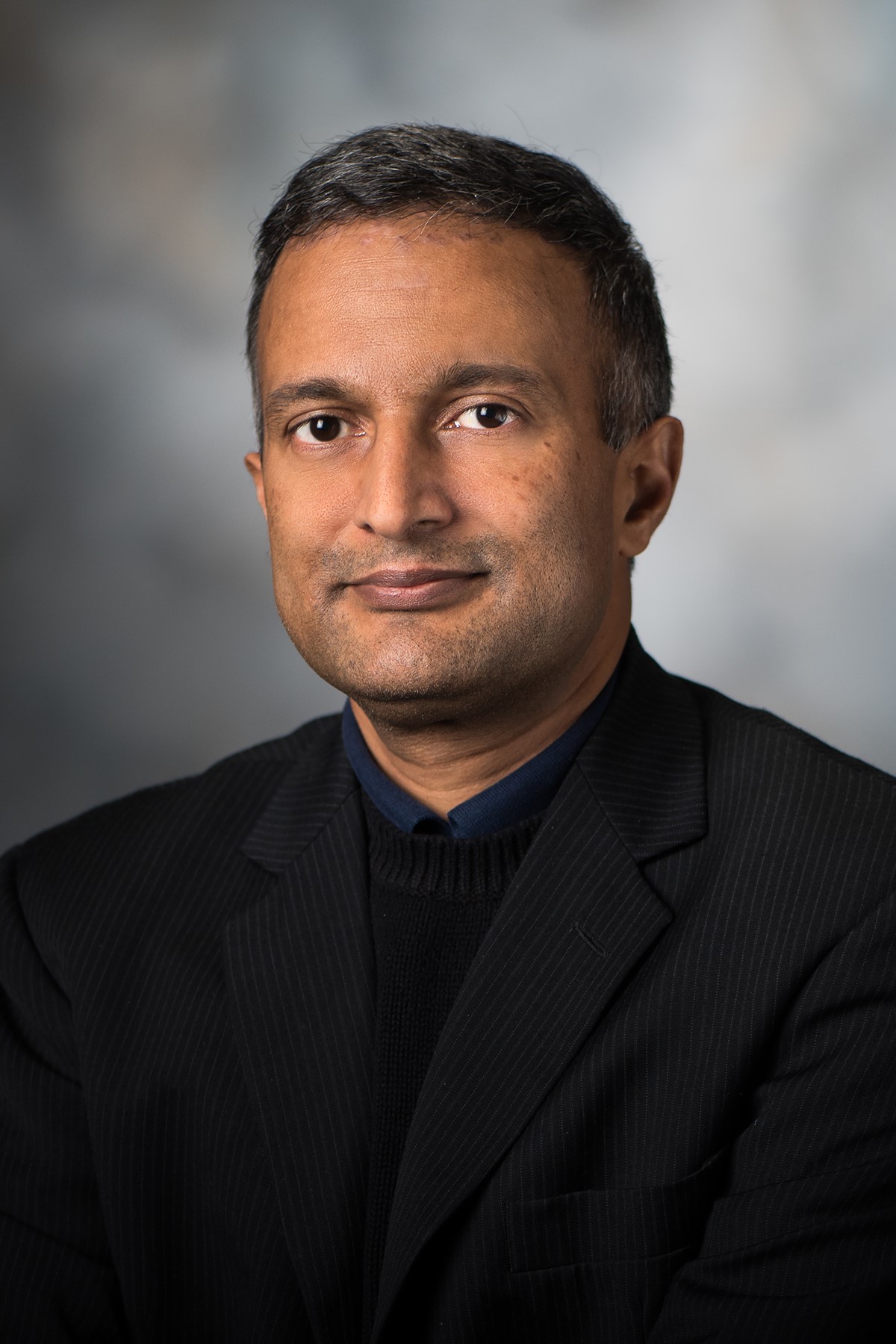 |
Sunil Krishnan, MD, FACP
Director - Center for Radiation Oncology Research
Professor, Department of Radiation Oncology, Division of Radiation Oncology, The University of Texas MD Anderson Cancer Center - Houston, United States
John E. and Dorothy J. Harris Endowed Professorship in Gastrointestinal Cancer, Division of Radiation Oncology, The University of Texas MD Anderson Cancer Center - Houston, United States
Talk: Gold nanoparticle radiosensitization - lessons learned and future directions
|
|
Bio: Dr. Krishnan is the Director of the Center for Radiation Oncology Research and the John E. and Dorothy J. Harris Professor of Gastrointestinal Cancer in the department of Radiation Oncology at MD Anderson Cancer Center. He received his medical degree from Christian Medical College, Vellore, India and completed a radiation oncology residency at Mayo Clinic, Rochester, Minnesota. In the clinic, he treats patients with hepatobiliary, pancreatic and rectal tumors with radiation therapy. His laboratory has developed new strategies and tools to define the roles and mechanisms of radiation sensitization with gold nanoparticles (hyperthermia and radiation dose enhancement), identified mechanisms to exploit this therapeutically, and developed techniques to facilitate imaging and image-guided therapy of cancers using nanoparticles. He has co-authored over 200 peer-reviewed scientific publications, co-authored 17 book chapters, and co-edited 3 books.
|
Session IV. Simulations of radiation effects
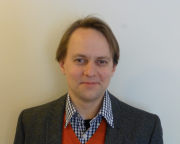 |
Jan Schuemann, PhD
Head of the Multi-Scale Monte Carlo Modeling Lab
Assistant Professor - Department of Radiation Oncology, Massachusetts General Hospital - Boston, United States
Talk: Can track structure simulations and mechanistic models predict the observed levels of (G)NP-induced radiosensitization?
|
| Bio: After working in high-energy particle physics, Dr. Schuemann joined the field of medical physics as one of the core developers of the TOPAS (Tool for Particle Simulations) Monte Carlo toolkit. His research centers on using multi-disciplinary approaches to understand the mechanisms of cellular radiation response from initial DNA damage to biological effects. Dr. Schuemann is the head of the multi-scale Monte Carlo Modeling lab at MGH and leads the TOPAS-nBio developments, an extension of TOPAS for radiobiological experiments looking at sub-cellular structures and processes. He applies Monte Carlo simulation based models to investigate the effects of new therapy approaches, such as in using gold nanoparticles (GNPs) as radiosensitizers, and to understand how the observed sensitization of GNPs can be explained mechanistically. |
 |
Eugene Surdutovich, PhD
Assistant Professor - Department of Physics Oakland University, Rochester - Michigan, United States
Talk: Applications of multiscale approach to a variety of problems related to irradiation of biological targets with ions
|
| Bio: Eugene Surdutovich is from Kiev, Ukraine, educated in Moscow, Russia and then in Detroit, Michigan. He is a theorist in high-energy nuclear physics. He became interested in the field of ion-beam cancer therapy (IBCT) in 2006 and since then has developed a multiscale approach (MSA) to the physics of IBCT in collaboration with A.V. Solov'yov. The goal of this approach is to calculate the cell survival probabilities based on physical, chemical, and biological effects. The synthesis of physical scenario is the key feature of the multiscale approach. One of the main accomplishments of MSA is the prediction of ion-induced shock waves on a nanometer scale. These pressure waves play an important role in radiation damage with ions: besides a possibility of direct damage by stress, they propagate reactive species away from ions' paths widening tracks. He is working on designs of feasible experiments, in which these waves could be observed. He is an Assistant Professor at Oakland University, Rochester, Michigan. |
Session V. Medical and industrial perspectives
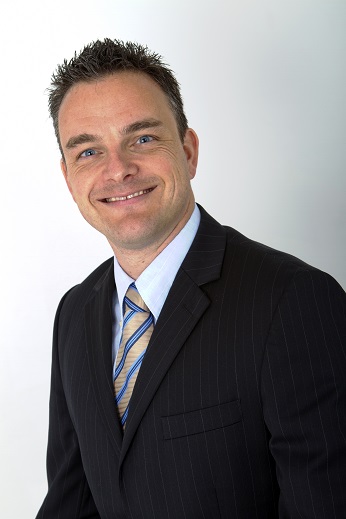 |
Carsten Welsch, PhD
Head of Physics Department - University of Liverpool - Liverpool, United Kingdom
Talk: Accelerating Cancer Therapy
|
|
Bio: Professor Carsten Welsch studied physics and economics at the Universities of Frankfurt (Germany) and UC Berkeley (USA). He finished his PhD in physics on the design of compact ion storage rings in 2002.
His further career brought him to RIKEN in Japan, the Max Planck Institute for Nuclear Physics in Heidelberg and as a Fellow to CERN.
Since November 2008, he has been a faculty member at the University of Liverpool and a member of the Cockcroft Institute of Accelerator Science and Technology. In October 2011 he was promoted to Full Professor of Physics. Since September 2016 he has been the Head of the Physics Department.
Prof. Welsch is specialized in accelerator design and optimization, the development of underpinning technologies - in particular novel beam diagnostics - as well as fundamental science and industry applications of accelerators, from high energy discovery machines, to antimatter facilities, medical accelerators and ultra-compact accelerators-on-a-chip.
Prof. Welsch has been a partner in numerous national and international research projects and has been coordinator of 9 EU projects to date, amongst which the large scale networks DITANET, LA³NET, oPAC, OMA and AVA.
|
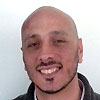 |
Walter Tinganelli, PhD
TIFPA
Spokesperson for radiobiological experiment at the Protontherapy Center in Trento
Talk: Radioimmunotherapy for the activation of an Abscopal Effect
|
| Bio: Walter Tinganelli is a Radiobiologist working at TIFPA and INFN in Trento, Italy. He worked in some of the major particle therapy center in the world: NIRS in Japan and GSI in Germany. After his MSc in Biotechnology at the University of Naples Federico II, he did his PhD in Biology at GSI/TUD in the 2012. His PhD was part of the Partner Marie Curie ITN Project. After his PhD, he worked for 2 years at the National Institute of Radiological Sciences, in the framework of the International Open Laboratory, before to come back in Europe, at GSI, where he leads the Clinic Radiobiology group. Since two years, Walter Tinganelli is working at TIFPA, the Trento Institute for Fundamental Physics and Applications in Italy part of the National Institute of Nuclear Physics and he is spokesperson for radiobiological experiment at protontherapy center in Trento. |
|
